2020 | Forum
The Charm of Fog
In the year of its 50th anniversary, the Berlinale Forum is reviewing the turbulent times of its founding period – but it wouldn’t be the Forum if connections could not also be made to the heart of the here and now. In this interview, new section head Cristina Nord discusses experiences of difference, the openness of images and the infuriating topicality of looking back.
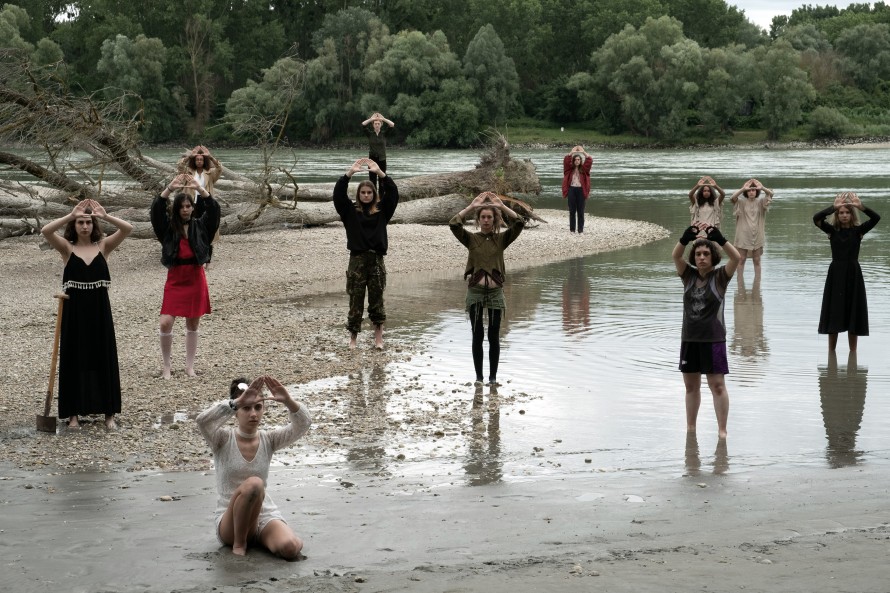
Gli appunti di Anna Azzori / Uno specchio che viaggia nel tempo (The Notes of Anna Azzori / A Mirror that Travels through Time) by Constanze Ruhm
This year is a special year for the Forum: not only are you celebrating 50 years of the section’s existence, but this is also the first edition with you as section head. What has been particularly appealing to you about curating the Forum programme?
Cristina Nord: I worked for a long time as film critic and film editor of “taz” newspaper and I was already following the Forum then as a journalist – it is also no secret that the films screening in the Forum have always been especially interesting to me. At the same time, it’s a great honour to lead a section of the Berlinale as special and steeped in tradition as the Forum in its role as an independent part of the festival, organised by the Arsenal – Institute for Film and Video Art. I’m finding it a really beautiful challenge – also with regards to the new festival management and the associated new set-up. I am delighted to be taking on the responsibility of steering the Forum well and of helping to define the section’s profile
To mark the anniversary, the Forum – together with Forum Expanded – is rescreening the entire programme from its founding year of 1971. What potential lies in such a repetition?
This rescreening of the programme allows us to take a fresh look at the films screened then and to re-evaluate them. It raises many questions: What has become obsolete today? What, by contrast, still feels controversial? On the one hand, some of the films feel like they are light years away from us while on the other, some feel very close.
What discoveries can audiences watching the anniversary programme today make and what can they take away from it?
For me, a central issue when dealing with film history is that you can notice differences between yesterday and today. This leads you to realise that the idea of a progressive forward development or a linear social advancement is on shaky ground and it becomes clear that things in fashion back then are once again current today, and necessarily so – for example, questions of decolonisation. That is something you can take away from the experience. Last year, I watched Angela Schanelec’s 1994 film Das Glück meiner Schwester (My Sister’s Good Fortune) in the Retrospective. The old, yellow Berlin telephone boxes popped up in the background. I was familiar with them at the time but had since forgotten all about them and they have now disappeared from the cityscape. Such details make you say: okay, the world has changed. But the film didn’t just allow me to notice this, it also gave me the opportunity to remember what I had forgotten – even if it is what telephone boxes looked like in early 1990s Berlin. The first point is, however, the more important one: the world is changing. Speaking from today’s perspective, we can extrapolate that we will probably be living in a completely different world again in 30 years’ time, but that we can also have a part in shaping these processes of change. I think this fundamental realisation that the status quo is not set in stone is indicative of an openness that is of particular importance today.
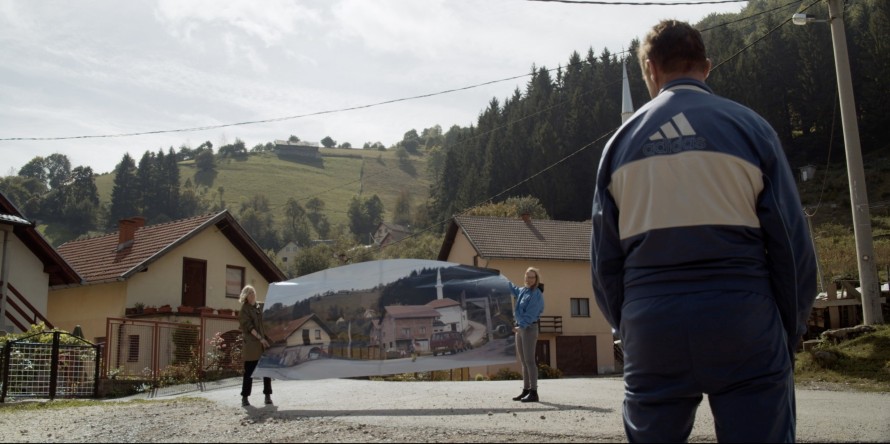
Was bleibt | Šta ostaje | What remains / Re-visited by Clarissa Thieme
If we look at the current programme, it is striking that here, too, the interaction of the past and present, with the past reaching into the present, takes centre stage. How are the films dealing with this?
Many of the contemporary films in the programme are asking how the past can be envisioned – and they are thus entering into a dialogue with the anniversary programme. This might initially sound backward-looking, but I am convinced that today and tomorrow can only be understood once we have understood yesterday and drawn conclusions from it. And the contemporary films are attempting this: they extract a moment from the past and put it up for discussion again, for example with regards to the structures of misogyny, racism and colonialism that we believed had already been overcome. It’s about developing a new position by addressing these issues. For example, there is the film by Clarissa Thieme, Was bleibt | Šta ostaje | What remains / Re-visited, in which the director visits sites where war crimes were committed in the 1990s and where she already filmed around ten years ago. In a performative act, stills from the earlier film are printed onto tarpaulins and hung up so a comparison can be made in a totally visual way – what do we see in the images from 2009, what can we see in the same place today? What traces have been left by a violent past? In conversations with passers-by who react to these images, the act of memory is not directly addressed but it is latently present. Tipografic majuscul (Uppercase Print) by Radu Jude is another example in which a challenging combination of archive material and re-enactment is used to find a way to deal with past injustices in the present.
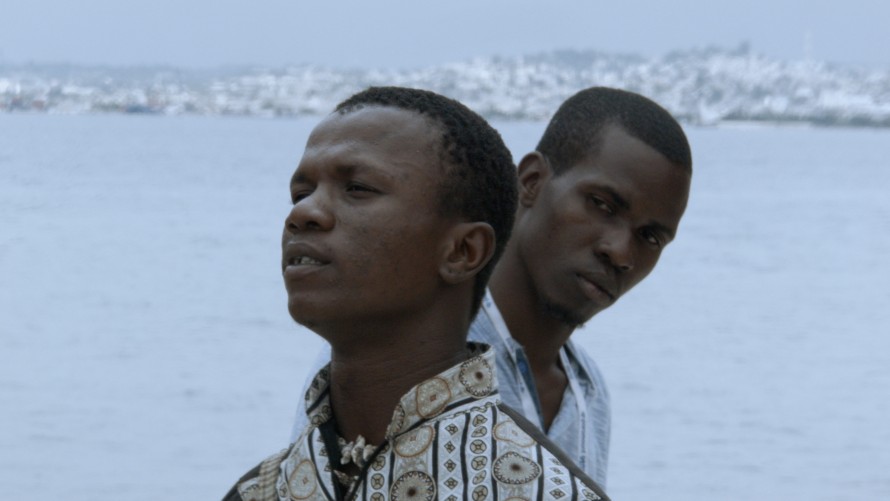
Ouvertures by The Living and the Dead Ensemble
There are other films working with this kind of construction, returning to previous material sometimes filmed by the filmmaker themselves and using it as a kind of starting point for contemporary contemplation and commentary. I’m thinking of Ouvertures and Seishin 0 (Zero), and also Gli appunti di Anna Azzori / Uno specchio che viaggia nel tempo (The Notes of Anna Azzori / A Mirror that Travels through Time)…
Gli appunti is an excellent example of how the discussion about feminism can be updated. The director Constanze Ruhm is strongly concerned with questions of the – sometimes quite limited – role of women in the film industry, on the one hand specifically on the practical level but also in relation to the imaginary spaces that open up in film. Gli appunti references the film Anna by Alberto Grifi and Massimo Sarchielli (Berlinale Forum, 1975). The directors met a young woman in Rome living in precarious circumstances. They helped her and, at the same time, made her the protagonist of their film. This raises many questions: Who has the right to this young woman’s story, who profits from it, who reaps the rewards? Without it having to be mentioned explicitly, it becomes clear that this young woman has just about been forgotten whereas the filmmakers who appropriated her story have not. I think this is symptomatic. Ruhm’s film revisits the entire issue and considers in free, associative ways the role played by women in the film industry back then and today. The risks they take but also which spaces can open up for them. And this is a question that should concern us all.
Ouvertures by The Living and the Dead Ensemble is a film which, on the basis of the theatre play “Monsieur Toussaint” by Antillean writer Édouard Glissant, deals with the Haitian revolution – a triptych in which at some point things happen that can no longer be explained by pure reason. The film poses a key question: today we have once again reached a point where we can ask ourselves how far the enlightenment, of which the West is so proud, contains irresolvable internal contradictions that we should be aware of rather than having them become a blind spot. This is what makes a film dealing with something that took place in 1791 topical.
In Seishin 0 (Zero), a humanist documentary in the best sense of the word, director Kazuhiro Soda returns to the protagonist of his film Seishin (Mental) which screened in the 2009 Forum. The film records the final conversations psychiatrist Dr. Yamamoto has with his patients before, at over 80 years old, he finally closes his practice. In the second half of the film, we see him caring for his wife who is suffering from dementia. The director follows the gestures and movements of everyday life with extreme patience. By incorporating scenes from the earlier film, Seishin, the director also introduces us to Mr. and Mrs. Yamamoto at other moments in their lives.
The recourse to and interaction with archive material seems to be emblematic of the majority of the films in the programme. What unites the works when it comes to their handling of such material?
Archive material is often used to support a statement. The rejection of this approach, enabling the material to come much more strongly into its own is, in my opinion, what distinguishes the films in the Forum. With archive material, the question of who generated the material and in what context always arises. In connection with historic crimes, the images were often created from the perspective of the perpetrators. In Anunciaron tormenta (A Storm Was Coming), Spanish director Javier Fernández Vázquez, who is exploring the Spanish colonial past in Equatorial Guinea, uses images filmed by the then colonial masters. They are images which capture colonial repression. The director uses a trick to break this mechanism: he includes the images, but only for a very short time – actually too short for them to be perceived and understood in their entirety. The viewer just gets a brief impression of them before they dissolve to white – we both see them and don’t see them. In this way, the film is closely aligned with current discussions about how to deal with the colonial heritage which consistently point out that people today are still being hurt by these images. This approach to archive material considers the images as beyond mere positivism, in the sense that they are just testament to something. Instead, it makes clear that the images themselves require debating.
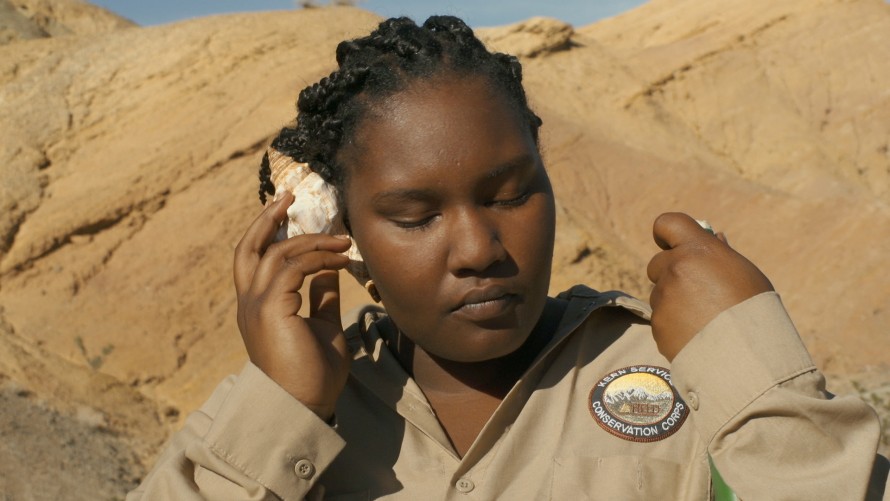
Sharleece Bourne in Victoria by Sofie Benoot, Liesbeth De Ceulaer and Isabelle Tollenaere
This also seems to broach the topic of appropriation...?
In this specific case, a kind of expropriation by the images has taken place that cannot be reversed. Director Javier Fernández Vázquez is able to draw attention to this and his film then becomes a kind of appreciative appropriation. I would also like to mention the film Victoria by Sofie Benoot, Liesbeth De Ceulaer and Isabelle Tollenaere, which is set in a planned city in the Californian desert in the 1950s. The protagonist is a young man from Los Angeles who possibly has a gangster past and who settles there with his family. The three directors not only know how to depict the specific, physically visible realities of his life but also, in a very nuanced, sensitive and multifaceted way, his thought processes. I think it’s terrific when filmmakers who are portraying other people succeed in opening an imaginary space that not only documents reality that is visible but also the reality of thoughts and fantasies. That is also a mode of appropriation, but a respectful one that doesn’t just try to be sexy.
Another very dazzling film I’d like to bring up here is Traverser (After the Crossing) by Joël Richmond Mathieu Akafou, a director who comes from the Ivory Coast and who accompanies a young refugee in a film that oscillates between documentary and drama. The film captures, in a shimmering way, the intermediate stage in which the protagonist who is driven into illegality finds himself, the waiting and the impossibility of establishing a permanent life. It should be emphasised that this is also a process of appropriation, insofar as people who were previously barred from gaining access to the film industry are now more likely to find a way in – such as here, for example, this director and his protagonist.
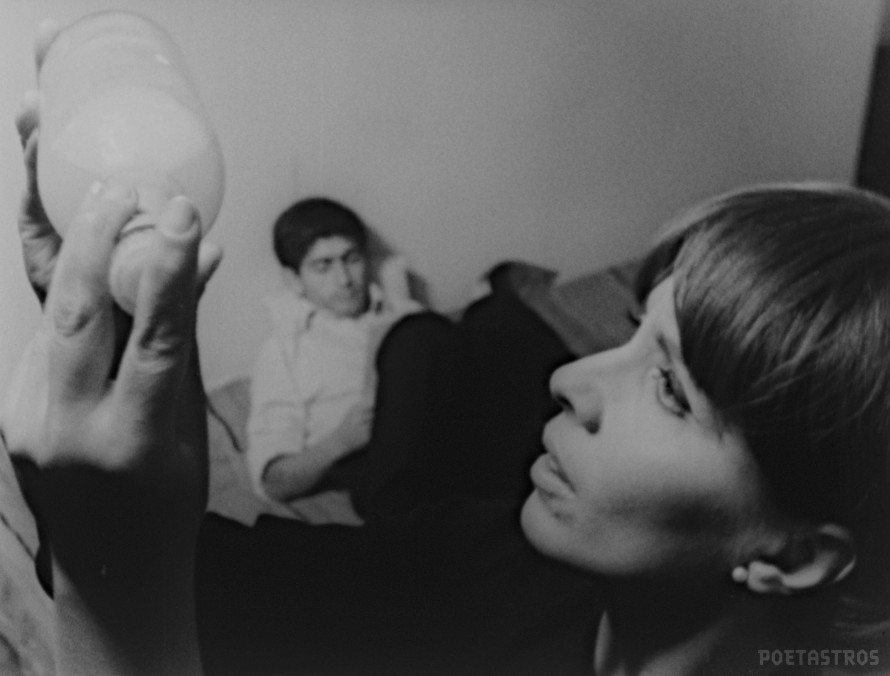
Luis Vilches, Delfina Guzmán in EL TANGO DEL VIUDO y su espejo deformante (THE TANGO OF THE WIDOWER And Its Distorting Mirror) by Raúl Ruiz and Valeria Sarmiento
When looking at the motifs, some points of connection emerge, one of which is centred on the topos of the mirror – how can this be interpreted, perhaps also going beyond self-reflection?
First of all, I think of our opening film, EL TANGO DEL VIUDO y su espejo deformante (THE TANGO OF THE WIDOWER And Its Distorting Mirror) which is first told chronologically and then backwards, because it mirrors its two halves from the middle. This is where I definitely see this moment of self-reflection. But I also think about the crazy effect that occurs when you enter a room where two mirrors are hung exactly opposite each other. Suddenly, you are reflected to infinity and certain parameters that are held to be incontrovertible are, at least temporarily, suspended. Perhaps Forum films are exactly about such moments: they throw realities held to be irrefutable into question. The many mirror motifs may be a small indication of this.
Another pervading subject is that of nature and the environment...
Some of the films deal in a free form – in a way as a counterpoint to a TV report on climate change – with the changing relationship between people and the environment. FREM by Viera Čákanyová works with drone images from Antarctica while Lúa vermella (Red Moon Tide) by Lois Patiño stages a bizarre cross between the end of times and a future scenario. For me, Luz nos trópicos (Light in the Tropics) by Paula Gaitán is a central film in this regard. It is an homage to the abundance, the beauty, the diversity of Amazonia – as the viewer, you inevitably think of how it is currently under threat.
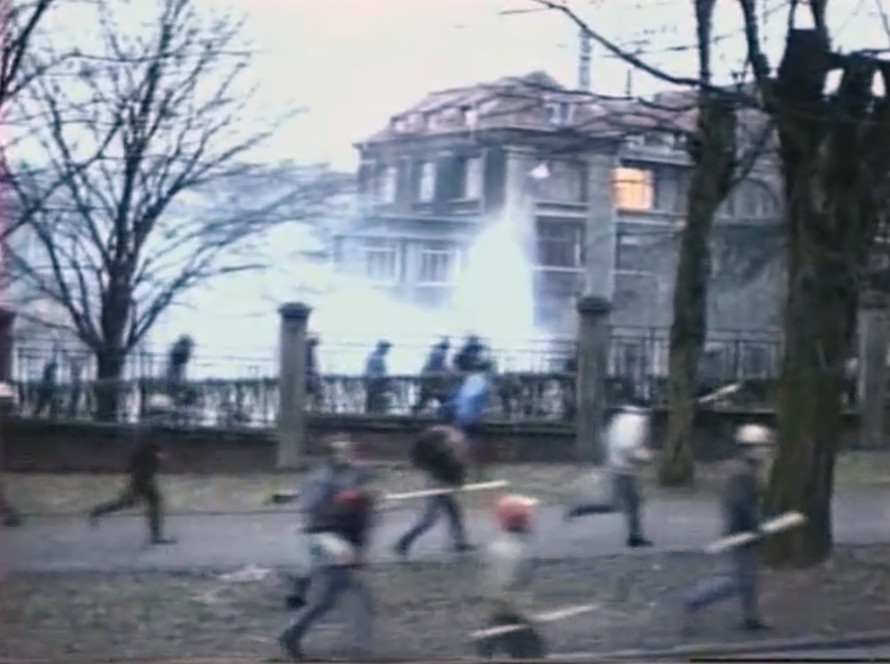
Grève ou crève (Strike or Die) by Jonathan Rescigno
A final series of images running through many of the films not yet mentioned is the chain of motifs of fog-clouds-smoke-fumes – phenomena that, if considered as signs, can create meaning. However, they also conceal something, obscure it, blur it...
Providing an overly clear-cut answer would be out of place here, because in a way I would then be denying the charm of the fog. The swirling fog absolutely does not want to be defined; I see it more as an associative field. In Grève ou crève (Strike or Die) by Jonathan Rescigno, fog and fumes are used to establish connections between the labour conflicts of the 1980s and 1990s with the situation today. In EL TANGO DEL VIUDO it is a joke that the neighbour just produces smoke instead of something useful. We live in a time when things are once again becoming less clear. The fog goes well with this, the opacity that the aforementioned Édouard Glissant even turns into a theoretical category. This also includes recognising that not everything can be explained and represented in established patterns of description and thought.
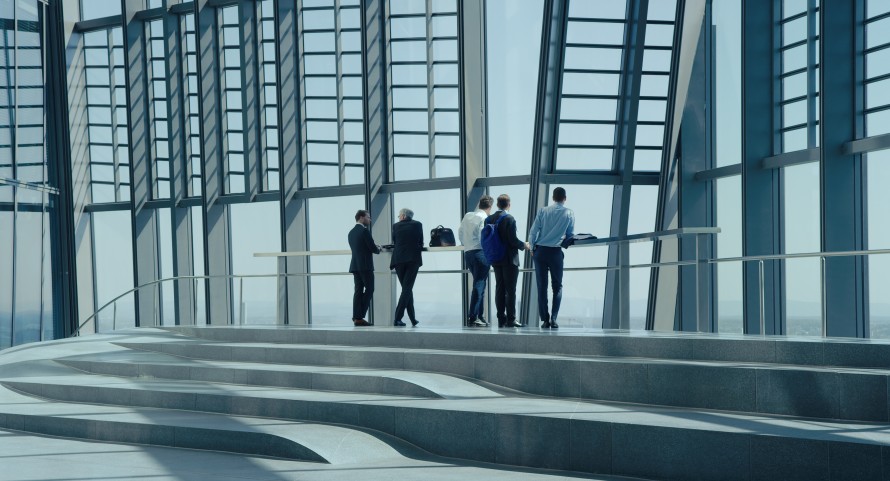
Oeconomia by Carmen Losmann
Subsequently the question arises to what extent the films master the task of creating images for something that is non-transparent and find ways to represent the intangible? I’m thinking, for example, of Oeconomia...
Director Carmen Losmann in particular faces this challenge with her film. She approaches it by working with computer-generated images, which is an interesting technique. I also see it as a task of the Forum to be concerned with innovative ways of creating images and I would like to pursue this in the future by specifically looking for artists dealing with the ways and means in which images come into and circulate in the world today. An example of this is The Viewing Booth by Ra’anan Alexandrowicz that uses YouTube material. Another film addressing the central question of how to talk about something that cannot be depicted, namely the Shoah, is Ieşirea trenurilor din gară (Exit of the Trains) by Radu Jude and Adrian Cioflâncă. This subject is closely linked to the history of the Forum because it is the place where Shoah by Claude Lanzmann had its premiere in 1986.
It is indeed a central topic of the Forum films to explore how images can be created of something that eludes the production of images or makes it very difficult – and how, on the other hand, we react to this. This is where the moment of self-reflection crops up again: to distrust the simple assumption that an image clarifies something – and there are many reasons to mistrust this correlation – is something that the films and, consequently we, the viewer, contemplate.
Is there anything you would like to add?
Perhaps only this: the programme is put together in a collaborative process with the selection committee and a team of consultants. And then the great moment arrives when we release it and the reactions from the outside world come back to us. I’m very much looking forward to that!